
Cricket, often referred to as the “Gentleman’s Game,” is a sport that epitomizes the spirit of sportsmanship, camaraderie, and passion. Originating in England in the 16th century, cricket has since evolved into a global phenomenon, captivating millions of fans across the world. The sport’s unique blend of athleticism, strategy, and tradition has seen it transcend borders, cultures, and languages, making it one of the most cherished and followed games on the planet.
Historical Evolution:-
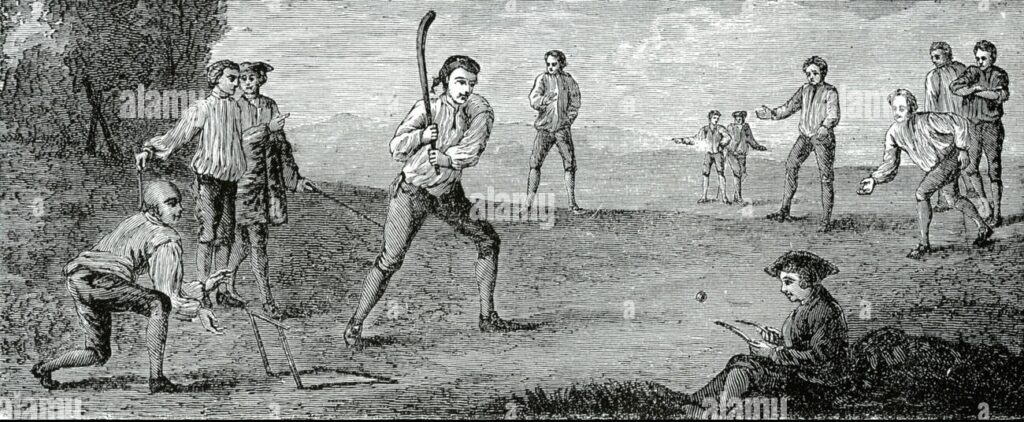
Cricket’s origins can be traced back to the Tudor period in England, where it was played by shepherds and farm workers as a form of leisure. Over the centuries, the game evolved, and its popularity grew among the British aristocracy and later spread to British colonies around the world. As the British Empire expanded, so did cricket, becoming an integral part of many nations’ sporting fabric.
The Formation of International Cricket:-

The late 19th century marked a crucial turning point for cricket, as international matches began to take shape. The first-ever Test match was played between England and Australia at the Melbourne Cricket Ground in 1877, solidifying cricket’s position as an international sport. Since then, Test cricket has stood the test of time and is revered as the pinnacle of the game.
The Rise of One-Day Cricket:-

The 1970s saw the advent of One-Day International (ODI) cricket, a shorter format designed to complete a match in a single day. This innovation revolutionized the sport, making it more accessible and appealing to a broader audience. The inaugural Cricket World Cup took place in 1975, and this tournament, held every four years, quickly became one of the most-watched sporting events globally.
The T20 Revolution:-
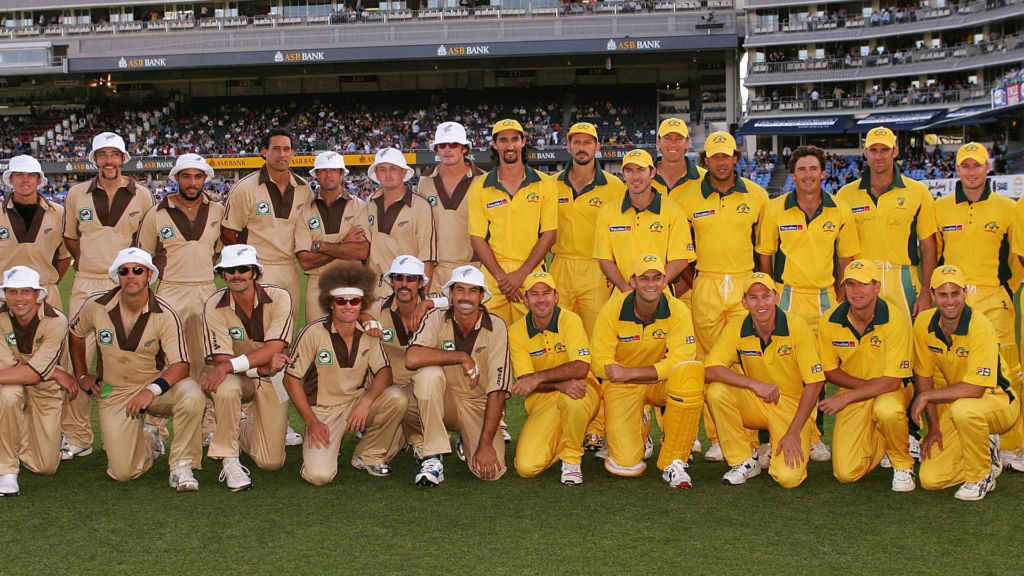
In the early 21st century, cricket underwent another significant transformation with the introduction of Twenty20 (T20) cricket. This format condensed the game further, making it a fast-paced, high-octane spectacle that captured the attention of even more fans. The T20 format gave rise to domestic leagues around the world, such as the Indian Premier League (IPL), the Big Bash League (BBL), and the Caribbean Premier League (CPL), which attracted top international players, creating a new dimension of global cricketing entertainment.
Cricket’s Global Reach:-
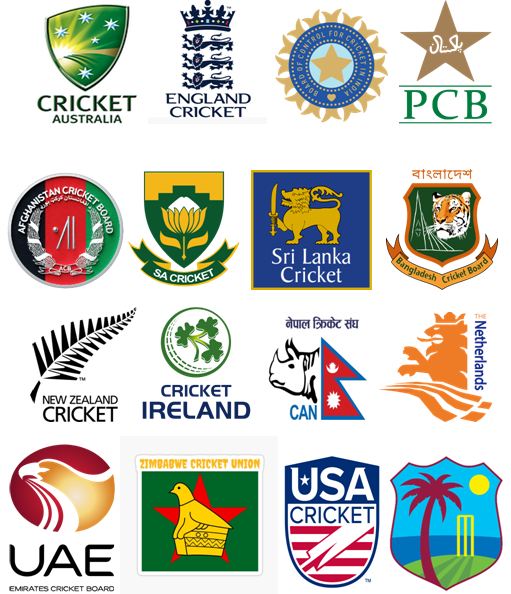
Cricket is no longer confined to its traditional strongholds in England, Australia, India, and the West Indies. Thanks to the efforts of cricket boards and governing bodies, the sport has expanded to new frontiers, including Ireland, Afghanistan, and Nepal. This growth has contributed to the globalization of cricket and the diversification of playing styles, adding richness to the game.
The Legends of the Game:-
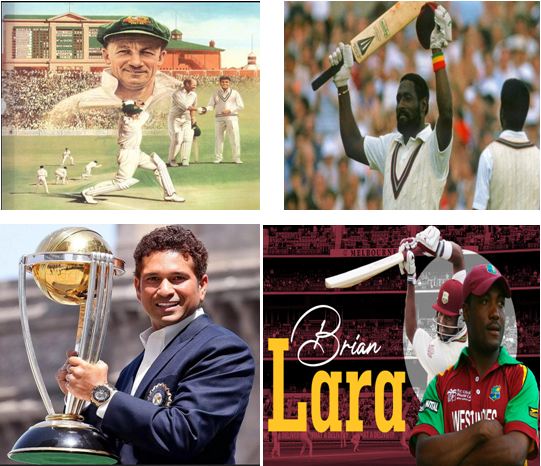
Throughout cricket’s storied history, several legendary players have left an indelible mark on the sport. From Sir Don Bradman and Sir Vivian Richards to Sachin Tendulkar and Brian Lara, these cricketing icons have not only showcased exceptional skill but have also inspired generations of aspiring cricketers.
Cricket’s Impact on Society:-
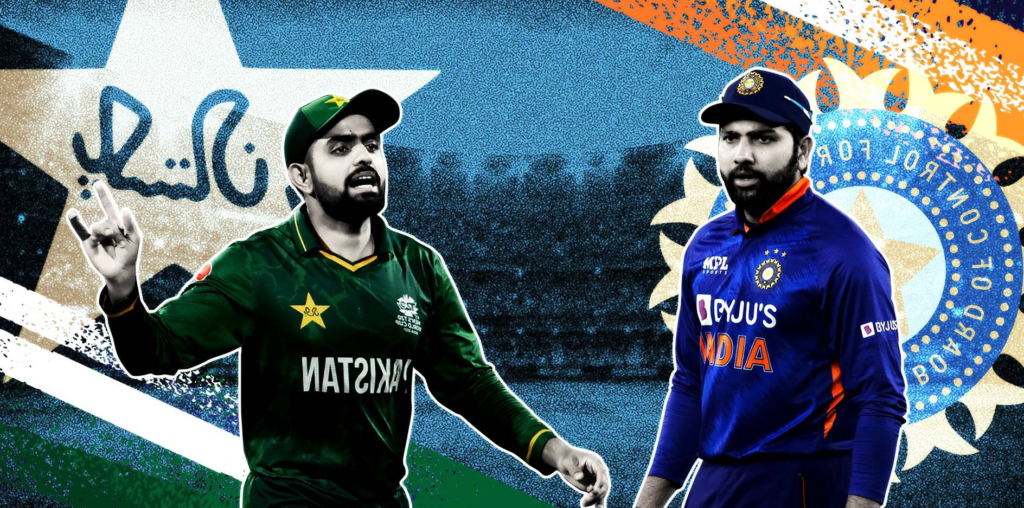
Beyond the boundaries of the playing field, cricket has played a significant role in promoting social change and unity. In countries like India and Pakistan, cricket has acted as a binding force, transcending political tensions and fostering a sense of national pride and unity. Moreover, cricket has been instrumental in raising awareness for charitable causes, with cricketers often taking part in fundraising events and campaigns.
Conclusion:-
Cricket, with its rich history, global appeal, and deep-rooted traditions, continues to captivate the hearts of millions worldwide. The spirit of competition, fair play, and the shared love for the game unites people from diverse backgrounds and cultures. As cricket continues to evolve, embracing new formats and technologies, one thing remains constant – its ability to bring joy, passion, and a sense of belonging to fans, players, and communities alike. Long may this timeless sport continue to flourish and inspire generations to come.

